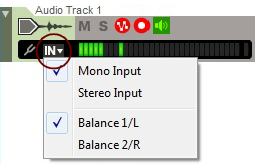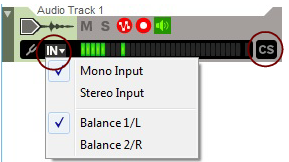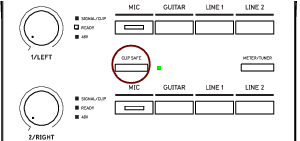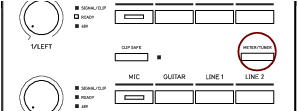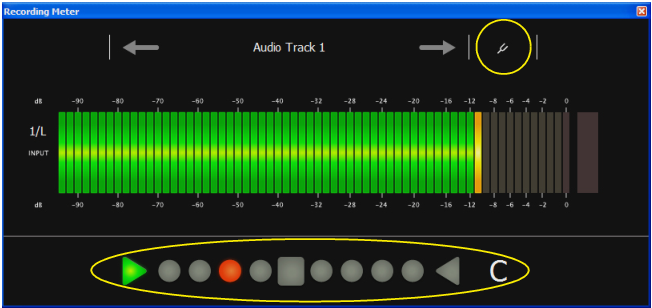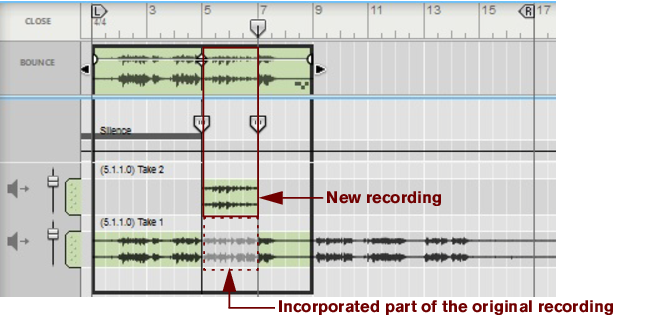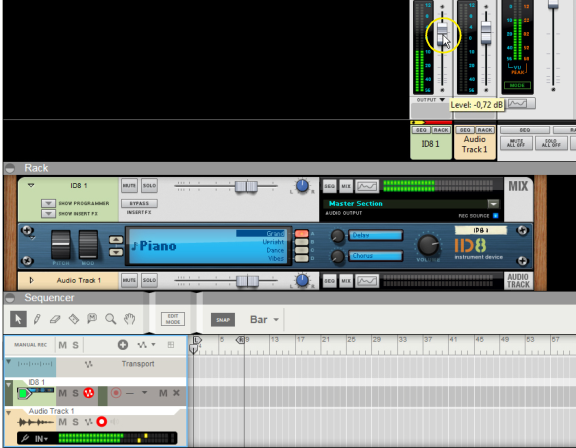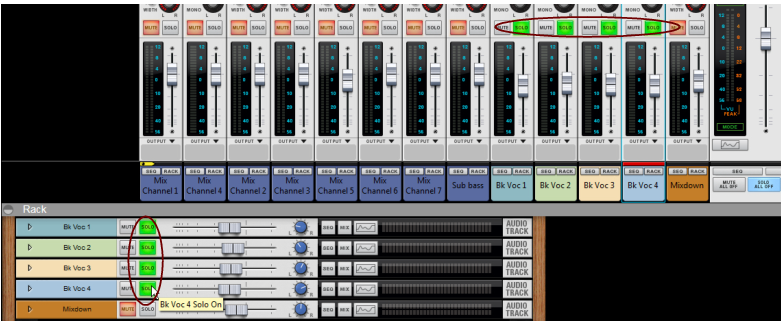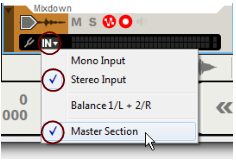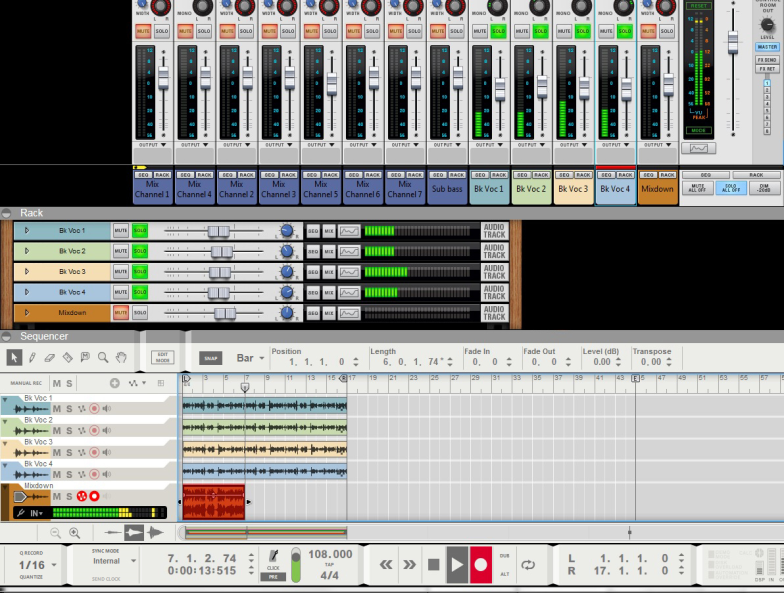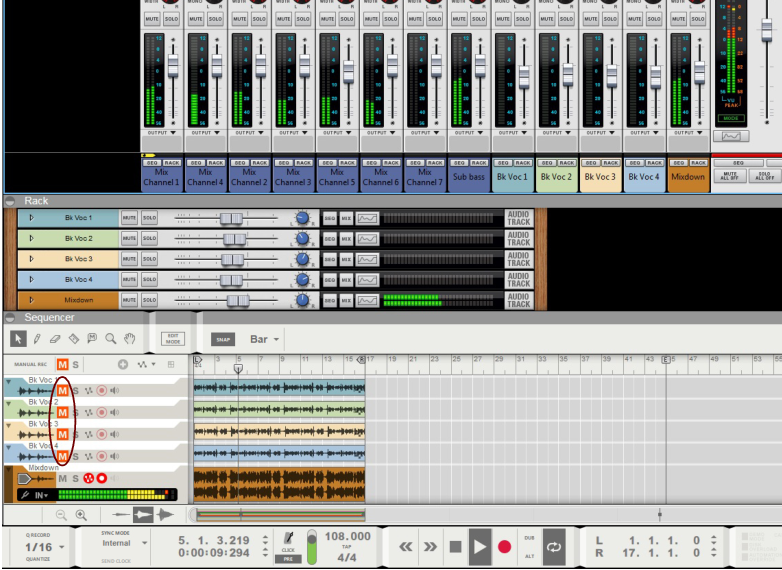|
|
|
|
|
|
See “Recording using the Clip Safe function in Propellerhead Balance” for more information about using the Clip Safe function.
See “Using the Tuner” for more information about the Tuner.
See “Using the Clip Safe function with Propellerhead Balance” for more details.
|
|
From here, it’s easy to assign the best parts from the different takes and comp them into a final clip. See “Creating a comped audio clip” for details.
This will create a new audio track with a duplicate of the original audio track settings, including the channel strip settings (with insert effects etc.). Now, you can continue recording on the new audio track as described in “Recording audio” and “Recording audio in Loop mode”. Afterwards, you can edit the new track completely independently of the original track.
Closely related to the “Dub” function, described in “Overdubbing audio using the “Dub” function”, is the “Alt” function. This function can be used to create a new audio track with an identical copy of the selected audio track’s settings. The only difference between the “Alt” and “Dub” functions is that the Alt function will automatically mute the original audio track.
This will create a new audio track with a duplicate of the original audio track settings, including the channel strip settings (with insert etc.). Now, you can continue recording on the new audio track as described in “Recording audio” and “Recording audio in Loop mode”. Afterwards, you can edit the new track completely independently of the original track.
If you start recording over an existing clip on an audio track, the new recording will incorporate (replace, but not erase) the previous recording in the clip. When you open the audio clip in the Comp Editor afterwards, there will be one Comp Row for each of the takes, the same result as when recording audio in Loop mode (see “Recording audio in Loop mode”).
See “Creating a comped audio clip” for details on how to extract parts from individual takes and comp into a final clip.
You might have the individual drums of your drum kit on separate tracks and these tracks are routed to a Mix Channel which is set to work as an Output Bus (see “Output Busses”). You then want to record the audio from the Output Bus onto a new Audio Track.
In this situation, all you need to do is create a new Audio Track, activate the Rec Source button on the Output Bus Mix Channel device, and then select the Output Bus in the Select Audio Input drop-down list on the Audio Track in the Track List. Then, record the audio from the Output Bus as described in “Recording audio”.
|
|
|
1.
|
